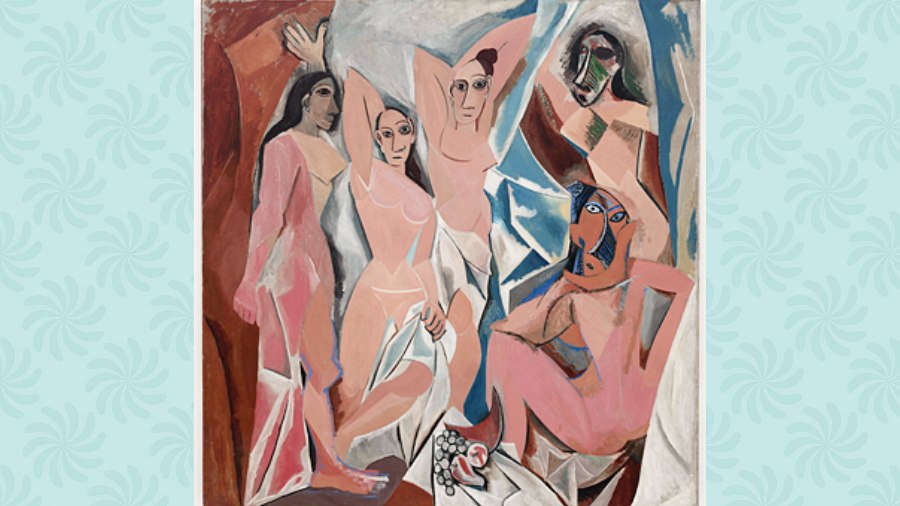Books: Picasso’s War: How Modern Art Came To America
Author: Hugh Eakin
Publisher: Crown
Price: $32.99
Contrary to what the title suggests, Pablo Picasso plays only a marginal role in Hugh Eakin’s book. Instead, the heroes of this richly-researched tome are John Quinn, a savvy Wall Street lawyer and pioneering patron of modern art and literature, and Alfred H. Barr Jr., the founding director of the Museum of Modern Art. Eakin deploys these two characters to lead us through the decades-long history of the halting and haphazard American embrace of 20th-century European modernism.
Eakin documents the effort it took his two protagonists to have American artists, connoisseurs, collectors and, more important, the general public accept Picasso and his circle of radicals. Often, the history of such artistic struggle is told primarily from the point of view of famous artists — dealers and collectors of their work or curators in charge of museums featuring such works are relegated to the margins. Eakin flips the script — the business of art is at the centre of this tale. Further, whereas art dealers are often cast as parasitic capitalists profiting on artistic innovation, Picasso’s War shows that that is not always the case. For example, Picasso and his colleagues, such as Georges Braque and André Derain, were free to work, travel and collaborate because their Paris-based German art dealer, DanielHenry Kahnweiler, was purchasing whatever they produced in the early 1900s.
Although Eakin focuses on 20th-century art, 19th-century artists like Paul Cézanne, Edgar Degas and Vincent van Gogh appear throughout the story. After all, the French Impressionists and their career paths marked a transition point in how contemporary art reached the public and was marketed to collectors. Along the way, we also learn about the art market and the transformation of galleries from salon-style hangings to paintings in simple steel frames in ‘white cube’ suites. More than anything else, Eakin shows that the path to recognising and canonising great art is messy and rarely black and white.










